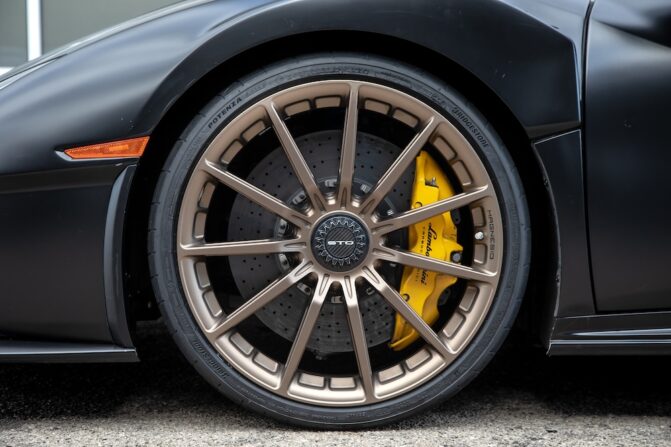The automotive industry is on the brink of a revolution, with significant transformations that promise to redefine the landscape of original equipment (OE) markets globally. Bridgestone, a leader in tyre manufacturing and a pivotal partner to the world’s top car manufacturers, has identified four major trends within the OE market that are expected to shape the future of automotive manufacturing and design, particularly in the European sector. Here’s a closer look at these trends and what they entail for the industry and consumers alike.
Adjusting to the ‘New Normal’ in the European Car Market
The past few years have seen the European OE demand navigate through a series of challenges, from the 2020 pandemic to the semiconductor shortage in 2021, and the more recent spikes in energy prices and inflation. Despite a notable recovery in 2023, the demand for new cars remains 20% below pre-pandemic levels, indicating a structural shift rather than a temporary fluctuation. This transition, coupled with the rising costs of new vehicles, highlights the need for OEMs to adapt to a significantly altered market landscape.
The Electric Vehicle (EV) Momentum
2023 marked a pivotal year for EVs, with battery-powered vehicles accounting for 14% of car registrations in Europe, surpassing diesel for the first time. With EVs and hybrids combined making up just over half of the market, the shift towards electric mobility is undeniable. This transition is largely driven by the EU and UK’s regulatory push towards zero-emission vehicles by 2035. Bridgestone notes that as OEMs refine their EV offerings, the tyre industry must also evolve, balancing the unique requirements of electric vehicles with traditional performance metrics.
Intensifying OEM Sustainability Demands
Sustainability has rapidly ascended from a peripheral concern to a core business pillar within the OE market. The depth of scrutiny over the CO2 footprint of products and the sustainability of materials used has increased significantly. Bridgestone points out that a major challenge ahead is enhancing the use of renewable and recycled materials in tyre production, a move that is keenly monitored by OEM partners in terms of sourcing, quality assurance, and certification.
The Struggle of Newcomers
The anticipated influx of new market entrants, spurred by the perceived simplicity of developing EVs compared to ICE vehicles, has not materialised as expected. The reality of manufacturing complexity, coupled with the daunting financial investments required and rising interest rates, has tempered the initial excitement. This scenario underscores a gradual evolution in the market, rather than the abrupt revolution many had predicted.
Bridgestone remains optimistic about its role and capabilities in supporting OEM partners through these transformative times. The company’s investment in virtual tyre development and a commitment to sustainability position it as a key player ready to meet the changing demands of the automotive industry.
As we move into 2024 and beyond, the automotive sector, particularly in Europe, stands at a crossroads of innovation and sustainability. Bridgestone’s insights into the evolving OE market highlight the need for continued adaptation and innovation among manufacturers and suppliers alike. With a clear focus on electric mobility, sustainability, and the challenges and opportunities these trends present, the industry is poised for a future that promises both challenges and opportunities.






